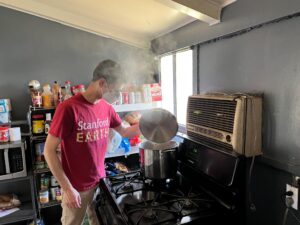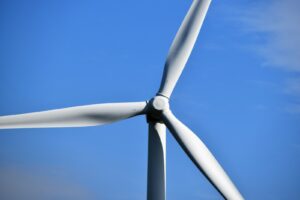Seven streets in Scotland have illegal levels of NO2
Seven streets in Scotland are in breach of the legal limits for nitrogen dioxide (NO2), according to ‘shameful figures’ published by Friends of the Earth Scotland.
Scotland’s first Low Emission Zone (LEZ) came into effect in Glasgow in 2018, however, Friends of the Earth Scotland say that councils and the Scottish government have been too slow to tackle air pollution across the country, which was higher in 2019 in several places compared to previous years.
The street with the highest level of NO2 was Hope Street in Glasgow, with an annual mean of 55.63ug/m3, far above the EU’s legal limit of 40ug/m3.
Nicholson Street in Edinburgh followed closely with an annual mean of 48.81ug/m3, this was then followed by Seagate in Dundee with a NO2 level of 43.90ug/m3.
Academy Street in Inverness, Lochee Road in Dundee, and St Johns Road in Edinburgh were also all found to be in breach of the legal limit.
Friends of the Earth Scotland’s air pollution campaigner, Gavin Thomson, said: ‘These figures are shameful. They show that air pollution is failing to improve across Scotland, which means millions of us are at risk of serious health conditions, like asthma, heart attacks, and strokes.
‘This is dangerous for our health, and is a failure of the government to protect its most vulnerable citizens.’
‘The UN climate negotiations coming to Glasgow in 2020 should be a wake-up call.
‘If we don’t start prioritising greener transport over fossil-fuelled cars, we’ll keep burning the earth and keep breathing in toxic fumes.
‘The forthcoming new air quality strategy needs to contain strong actions that will make a rapid difference.
‘These figures should be a clear signal to all councils and the Scottish Government that measures to reduce polluting traffic and to pedestrianise built-up areas shouldn’t be solely reserved for our biggest cities.’
Photo Credit – Pixabay















